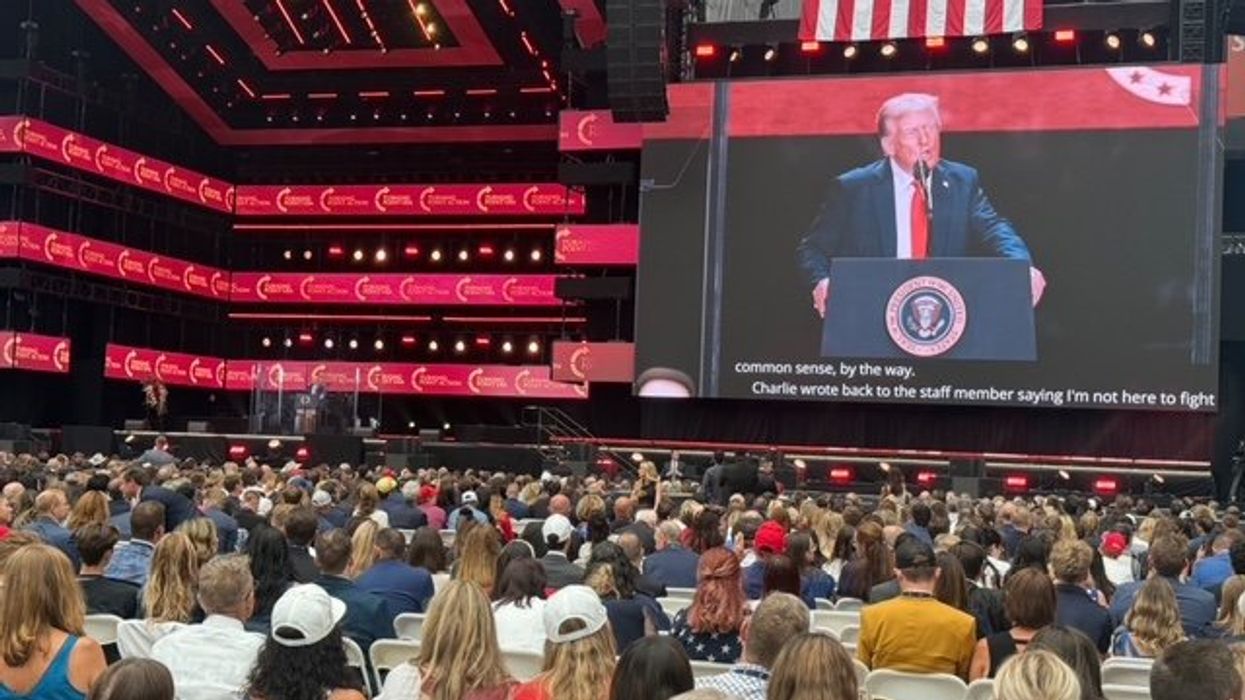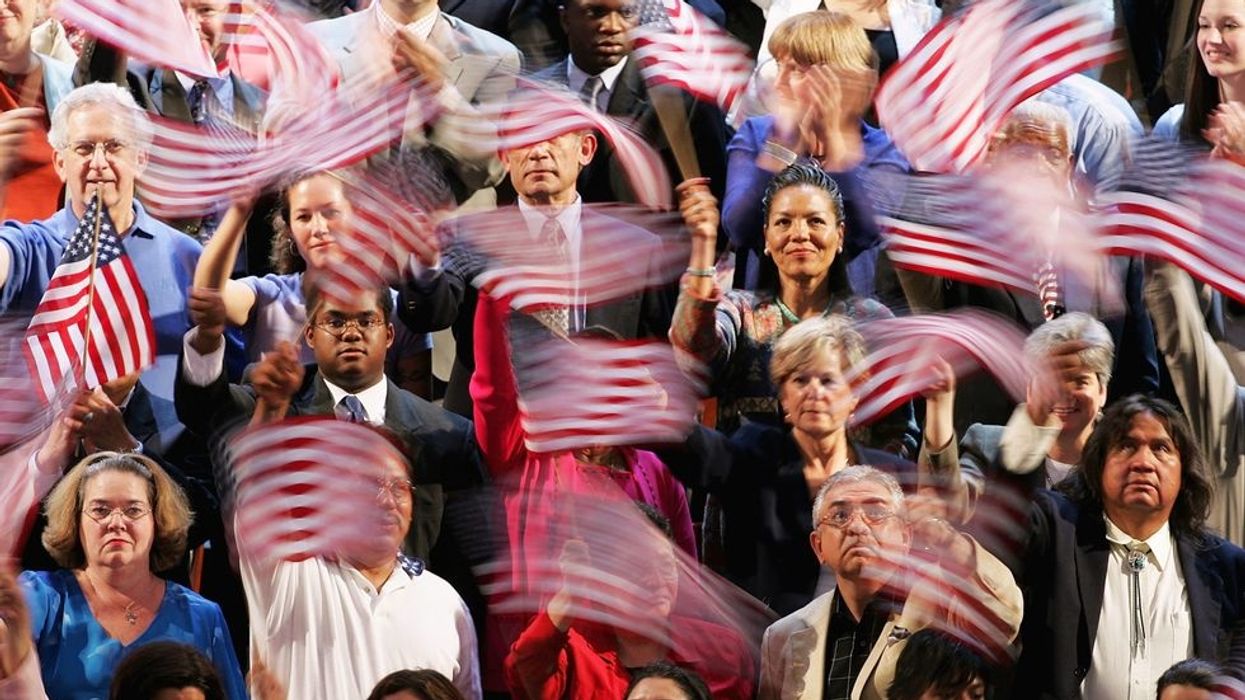Today, more than 70,000 mourners filled State Farm Stadium in Phoenix, Arizona, to honor Charlie Kirk, the 31-year-old founder of Turning Point USA, who was shot and killed on September 10 while speaking at Utah Valley University.
The memorial, held just eleven days after the attack, was not only a funeral—it was a vivid reflection of how grief, ideology, and national identity now converge in American public life. Inside the stadium, home of the NFL’s Arizona Cardinals, the atmosphere oscillated between solemn remembrance and political rally. Thousands more gathered outside under tight security, underscoring the scale and sensitivity of the moment.
President Donald Trump headlined the service, elevating Kirk’s legacy to symbolic heights. “He’s a martyr now, for America, for freedom,” Trump declared. “None of us will ever forget Charlie Kirk, and neither now will history.” The line drew a standing ovation and quickly circulated across social media, solidifying Kirk’s transformation from activist to emblem.
Charlie Kirk’s Death Sparks Martyrdom Narrative Amid Rising Political Violence
 File:Charlie Kirk - 53069222184.jpg - Wikipedia en.m.wikipedia.org
File:Charlie Kirk - 53069222184.jpg - Wikipedia en.m.wikipedia.org
Vice President J.D. Vance joined other speakers in portraying Kirk as a voice for young conservatives who felt sidelined by liberal institutions. Supporters waved flags, chanted slogans, and wore Turning Point USA gear, creating a visual tableau that mirrored the movement Kirk helped build. Among them were Tyler and Caleb Dickey, cousins from Tyler, Texas, who drove 16 hours overnight to attend.
“It felt like everything was going wrong before we left,” Tyler told The Fulcrum. “But that only made it clearer that we were supposed to come. Our actions need to represent our ideology—not just sit at home and complain, but stand up and do something.” Caleb added, “Charlie showed you can engage with people who disagree and still do it peacefully. His stand reminds us we do not have to be fearful. Everybody needs to be Charlie Kirk.”
For both young men, Kirk’s message was ultimately spiritual in nature. “At the end of the day, the most important thing Charlie preached was Jesus Christ,” Tyler said, his voice breaking. “He took a stand for his faith. We need to do the same, no matter the cost.” Their reflections echoed a broader theme: Kirk’s death was not just a personal loss—it became a rallying cry.
Yet not all viewed the memorial through the same lens. Progressive voices expressed concern over the politicization of the mourning process. “This wasn’t just a family farewell,” one Democratic strategist told The Fulcrum. “It was a stage for Trump and the right to canonize Kirk as a martyr. That inflames tensions at a time when the country desperately needs cooler heads.”
Civil rights advocates warned of deepening divides. Turning Point USA has long shaped conservative campus politics, and critics argue that framing Kirk as a fallen hero risks hardening ideological fault lines—between students, communities, and even families.
With the 2026 midterms approaching, Kirk’s story is poised to remain central to Republican messaging: a young conservative who rose quickly, faced fierce opposition, and died violently. For many on the right, his legacy embodies a movement that sees itself under siege. Progressives, meanwhile, face a strategic dilemma—how to respond without reinforcing the narrative. Some call for renewed focus on preventing political violence; others insist the myth-making must be challenged head-on.
In the end, Charlie Kirk’s memorial was more than a tribute. It was a mirror—reflecting the hopes, fears, and fractures of a nation still searching for common ground.
Alex Segura is a bilingual, multiple-platform journalist based in Southern California.



















